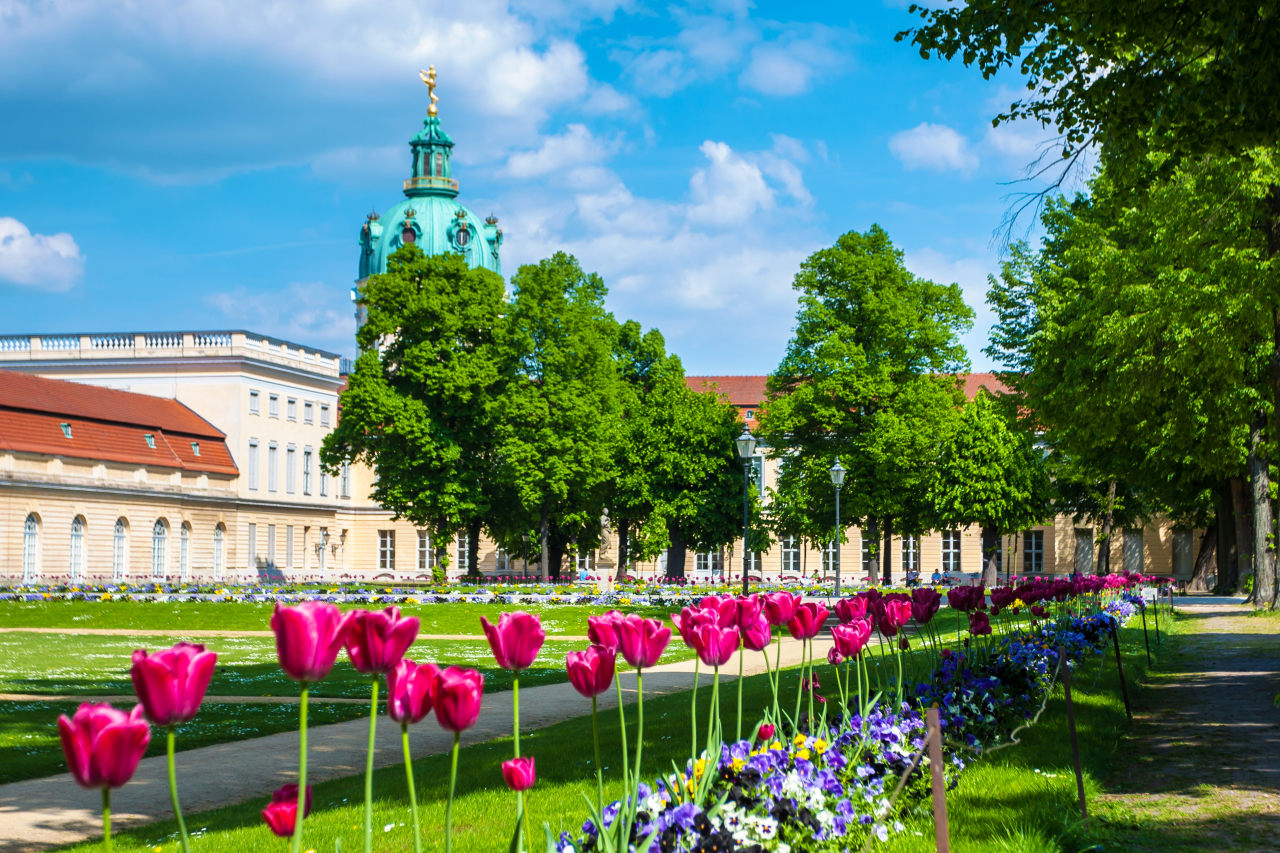Top 10 things to do in Berlin
Discover one of the world's most fascinating capitals
With some of Europe's most diverse and exciting art, culture, museums, entertainment and nightlife, the German capital has enough to keep you busy for weeks. Start planning your visit with our pick of the top 10 things to do in Berlin.
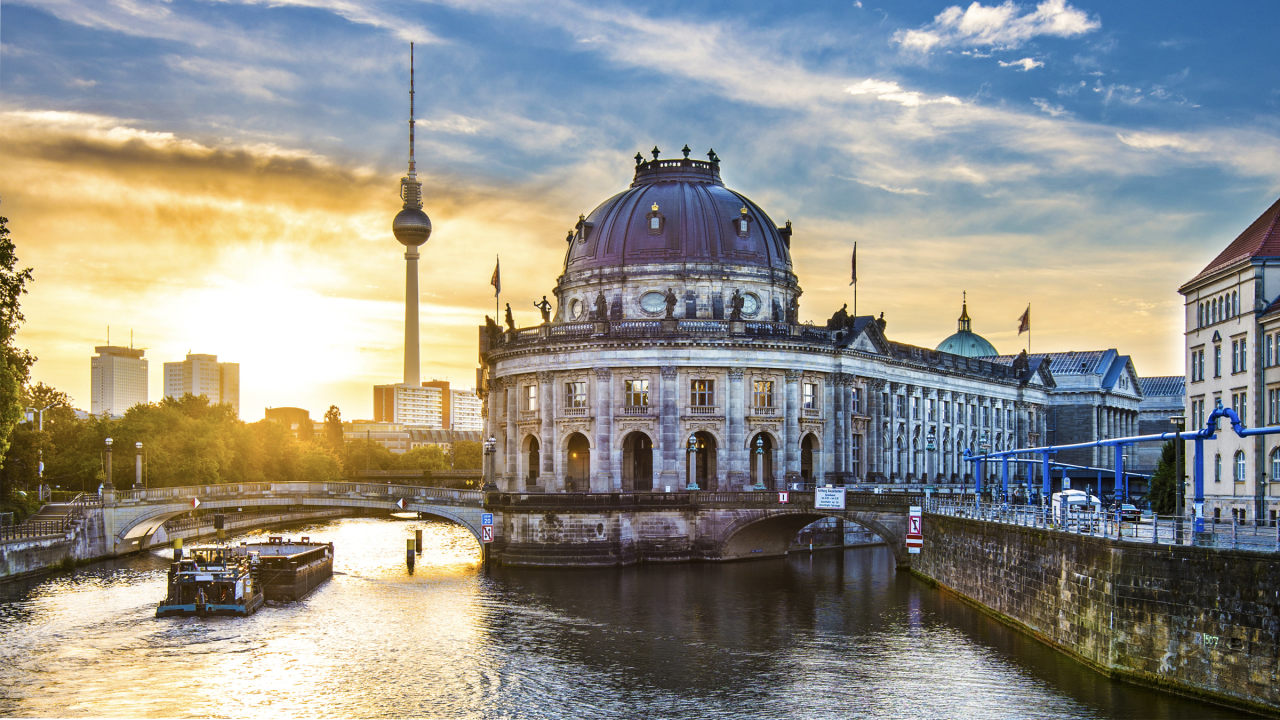
Reichstag
The 1894 Reichstag building – the seat of the German parliament – has had a tumultuous history.
The edifice is no stranger to reconstruction: the main hall was all but destroyed in a fire in 1933 and left in disrepair throughout World War II.
It was gradually rebuilt during the 20th century with British architect Sir Norman Foster, who took over the design between 1995 and 1999, responsible for its current splendour.
The opulent cupola, which includes a free viewing gallery, was made in Foster’s vision, and is now the building’s defining feature.
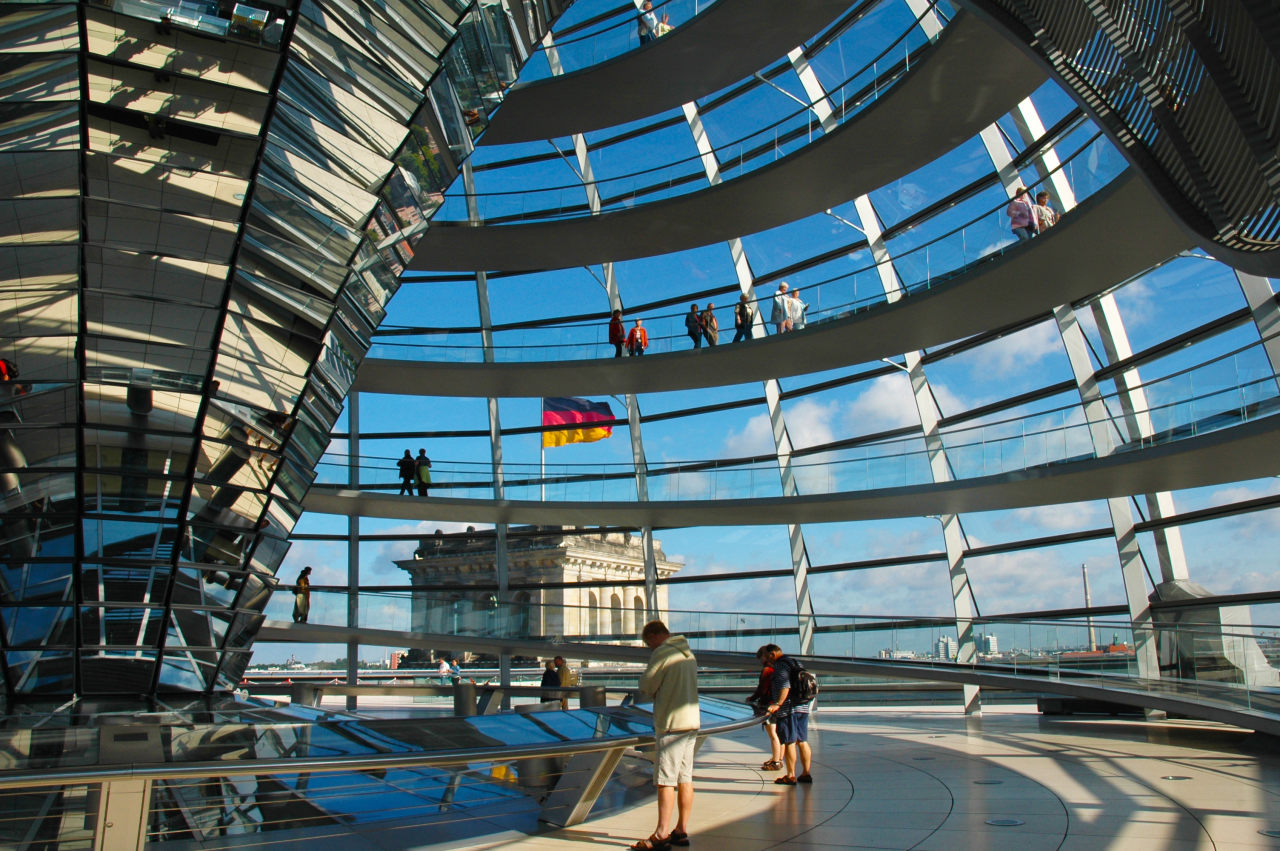
Unter den Linden
Unter den Linden, whose name literally translates as “under the Linden trees”, is the most famous boulevard in Berlin.
Elegantly lined with fragrant lime trees (affording the street its name), the road joins up some of the city’s most revered landmarks, from Schlossplatz (Castle Square) to the Brandenburg Gate.
Having begun as a bypass to the royal hunting grounds, the street is now filled with quaint book stalls, and populated with busy cafés, restaurants and shops.

Museum Island
Museum Island is home to five of the world’s most renowned cultural institutions.
Based on the isle, which is formed by the tributaries of the River Spree, are the Pergamonmuseum, the Alte Nationalgalerie (the old national gallery), the Neues Museum (New Museum), the Bode-Museum and the Altes Museum.
The museums were almost destroyed in World War II, but have since benefited from redevelopment and house some of the most important historic collections in Europe.
The Pergamonmuseum is the city’s most visited museum and is home to the famous Pergamon Altar from ancient Greece. Other must-sees include Neues Museum’s impressive collection of Egyptian antiquities and a selection of the world's oldest coins in Bode-Museum.
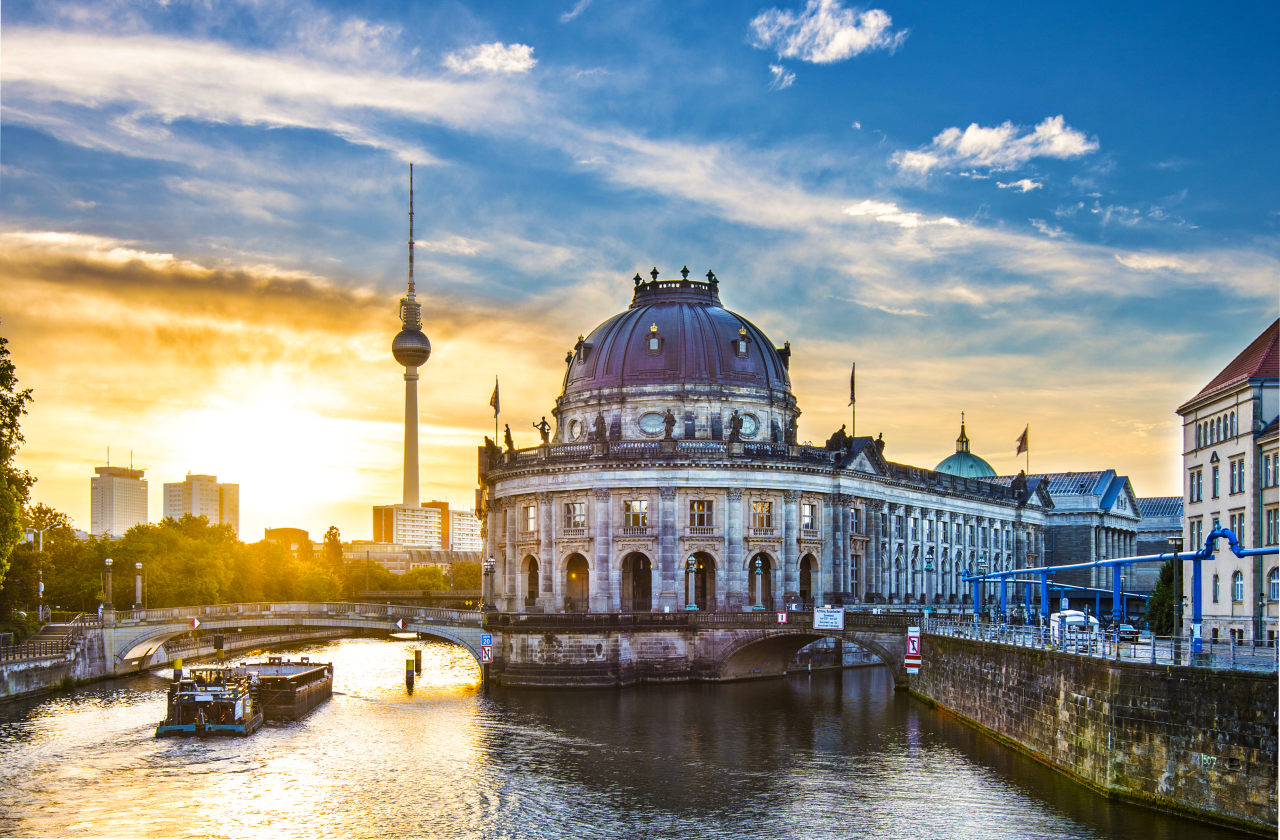
Kurfürstendamm
Revered in equal part for its elegant architecture and chic shopping outlets, Kurfürstendamm is Berlin’s most upmarket boulevard, and has long been the stomping ground of the artistic elite.
Formerly the track that led to the Grunewald forest, today the street is occupied by fine hotels and stylish cafés.
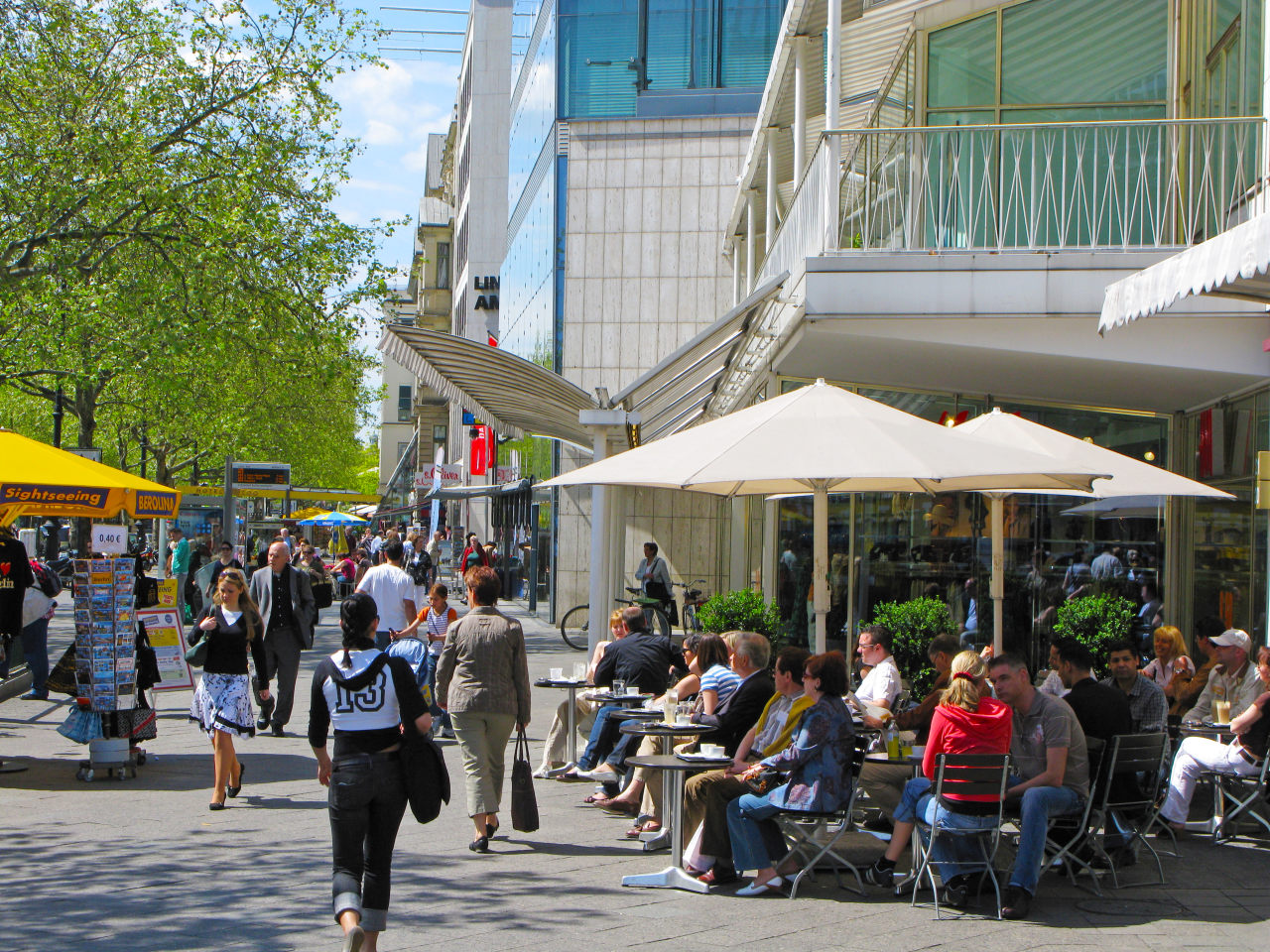
Kulturforum
Another prestigious museum complex, Kulturforum is made up of breathtaking concert halls, libraries and art galleries.
Museum Island is located in former East Berlin, while Kulturforum is its western, and markedly more contemporary, counterpart.
The performance hall of the famous Berlin Philharmonic Orchestra is located here, attracting millions of visitors per year, while the vast collection of artwork in the Gemäldegalerie (Picture Gallery) and Kunstbibliothek (Art Library) will appeal to any art-lover.
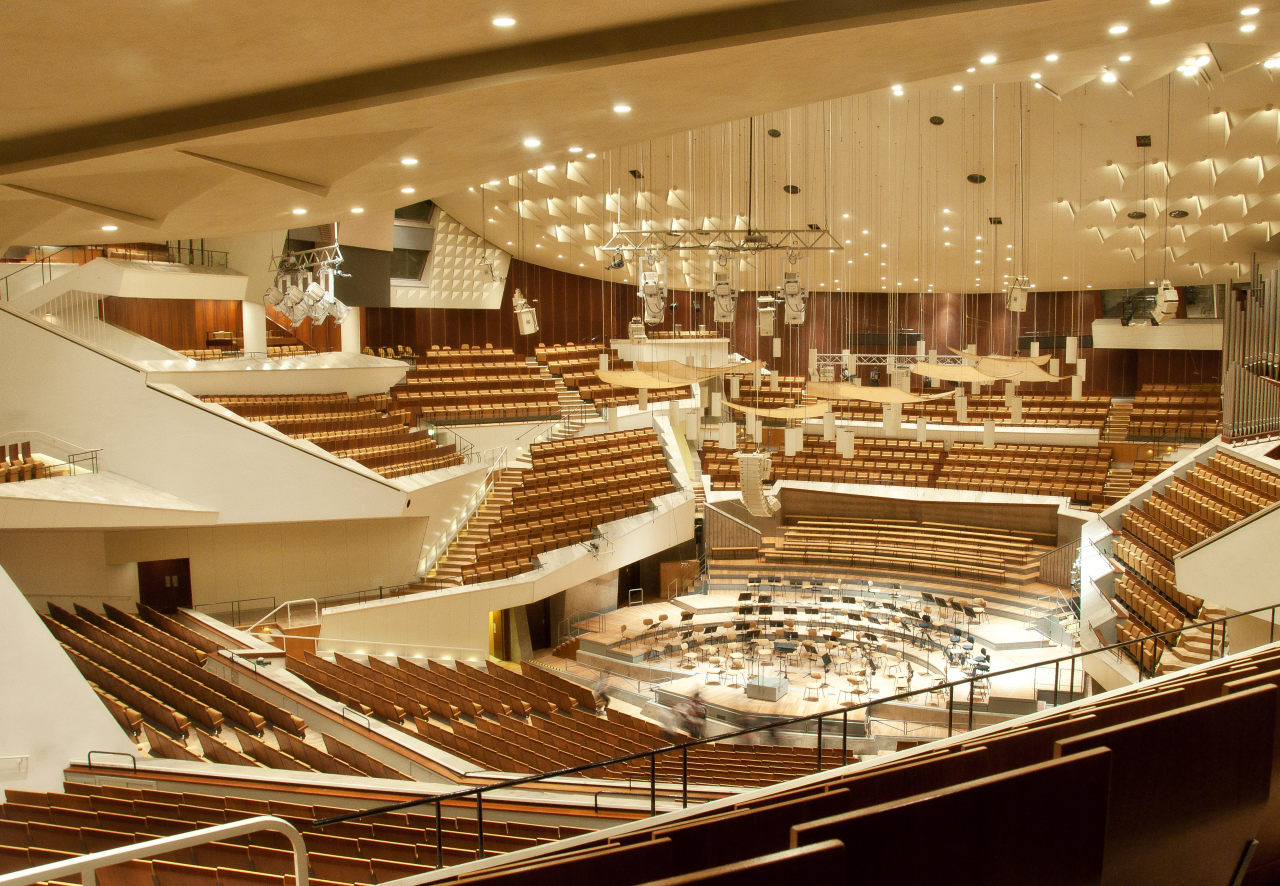
Berlin Zoo
Visiting Berlin Zoo – the first and oldest zoo in Germany – is a must for families.
The vast centre boasts almost 1,500 distinct species and one of the largest aquariums in Europe. A popular attraction is the monkey house, home to a whole family of gorillas.
Children and adults alike can delight in meeting and greeting their favourite animals, or take full advantage of the experiences on offer with a guided tour.

Brandenburg Gate
The Neo-Classical Brandenburg Gate is one of the city's most enduring symbols of German reunification.
Inspired by the entrance to the Athens Acropolis, Carl Gotthard Langhan’s masterpiece has long been a focal point in Berlin’s history: rulers and statesmen, military parades and demonstrations – all have felt compelled to march beneath it.
It stands proudly at the entrance to Pariser Platz and holds its own amidst the more modern embassy buildings which have been built on the square over the years.
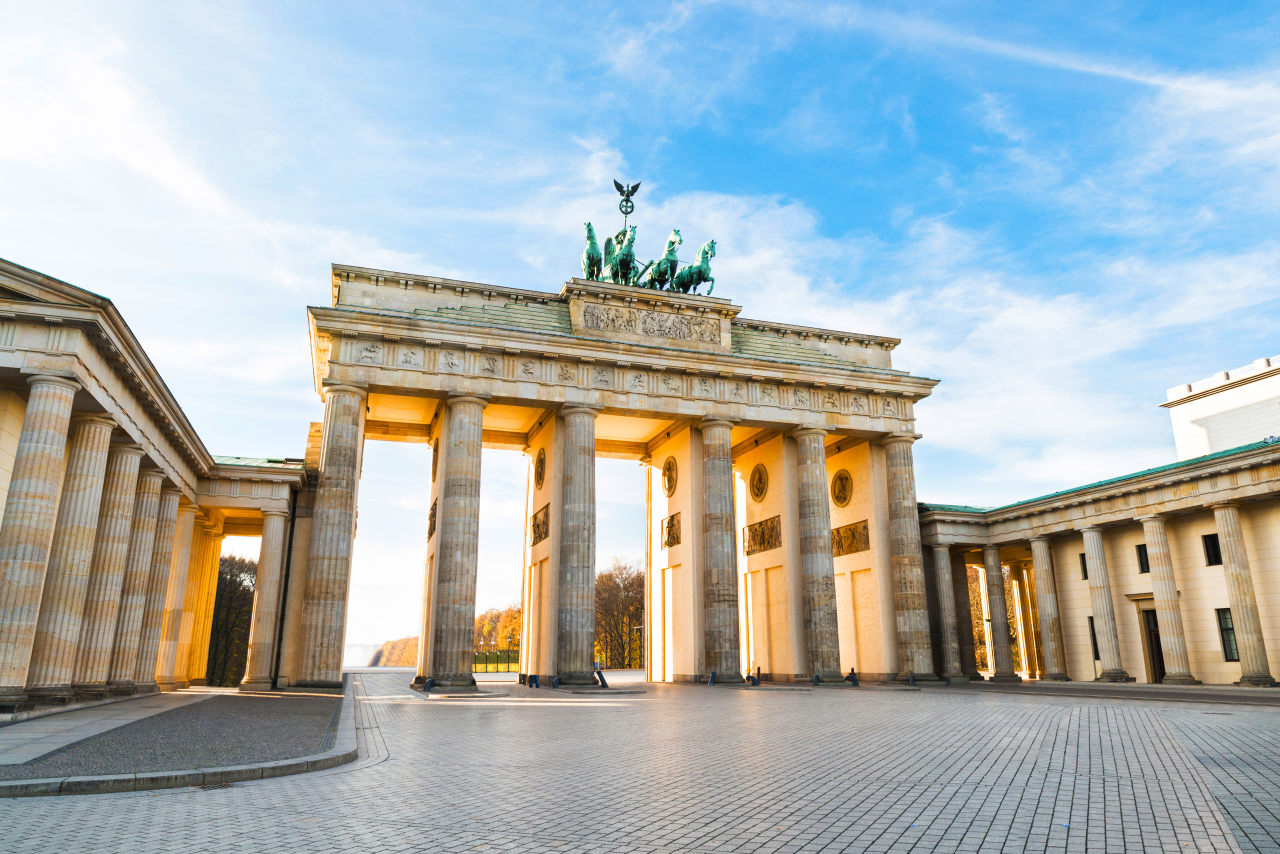
Kaiser-Wilhelm-Gedächtnis-Kirche
The Kaiser-Wilhelm-Gedächtnis-Kirche is unique in its combination of Neo-Romanesque and contemporary architectural styles, its derelict church tower sitting in unlikely harmony with its newer and more upstart worship hall.
The church’s current design is the work of German architect Egon Eiermann, who in 1961 added the additional structure, opting for an octagonal shape and a freestanding bell-tower.
Be sure to visit the Gedenkhalle (Memorial Hall), which traces the church’s history and displays some interesting liturgical items.
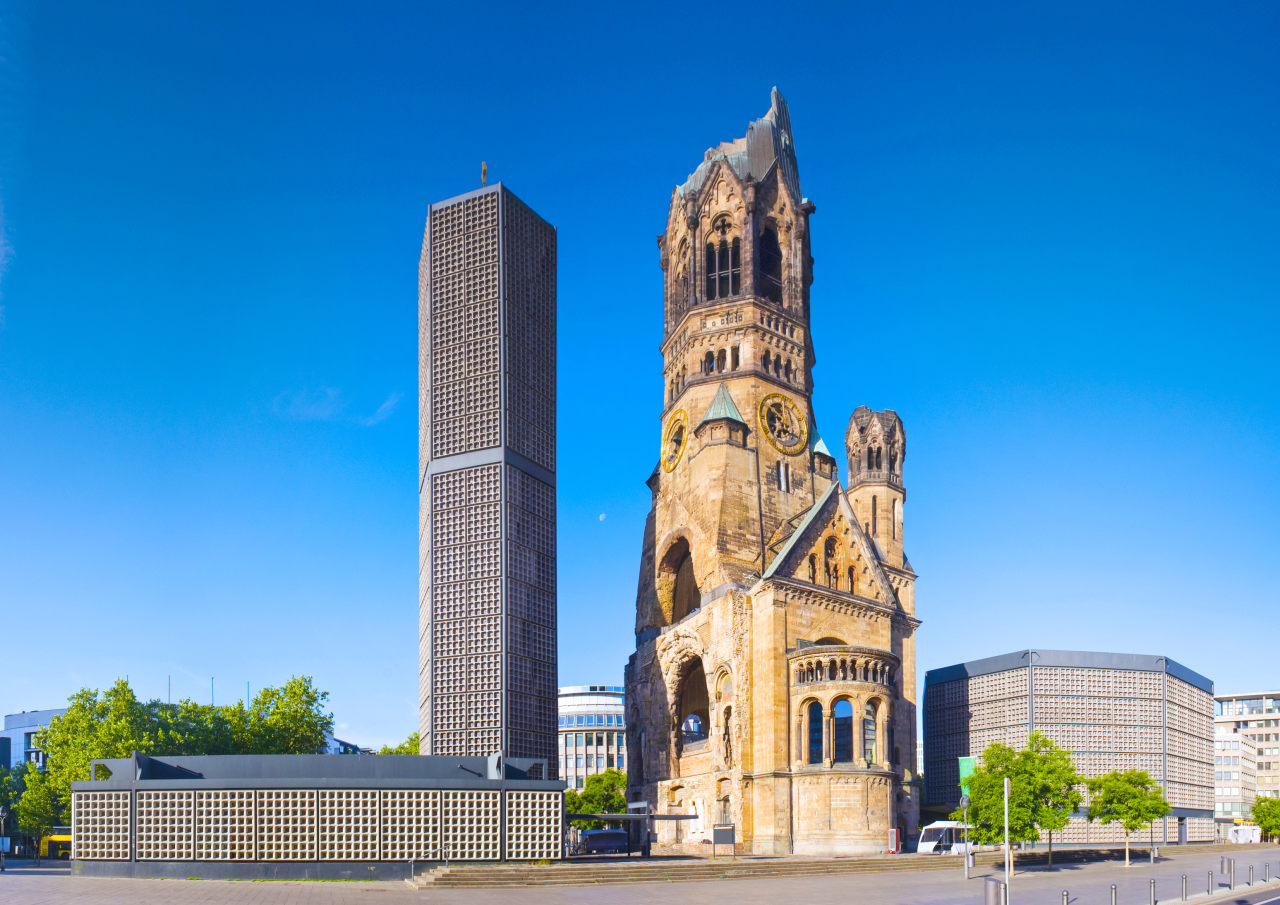
Potsdamer Platz
A world away from historic Berlin, Potsdamer Platz is a modern entertainment hub with shops, bars and restaurants galore.
The area boasts Berlin’s largest cinema, with a film museum to boot, and regularly holds temporary exhibitions and cultural events.
Renowned contemporary architects, such as Renzo Piano, Helmut Jahn and Arata Isozaki, played a hand in the project, which is the city’s biggest building project to date.
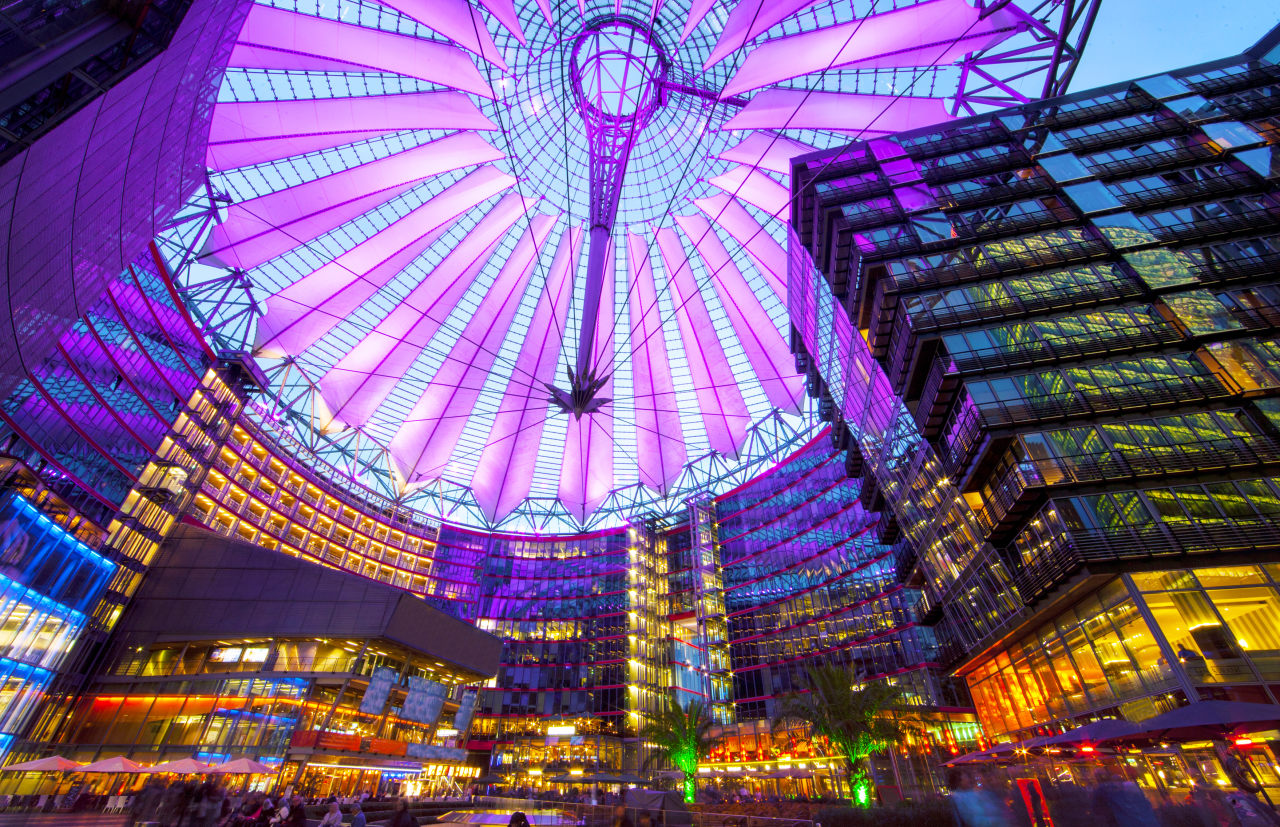
Schlosspark Charlottenburg
Beautiful Schlosspark Charlottenburg is an oasis of green surrounding the royal palace, perfect for escaping the bustle of the city.
A medley of garden designs, including French-style Baroque areas tight with immaculate shrubbery and fountains, give way to more relaxed English-style landscapes.
Rent a bike and enjoy a ride through the tranquil grounds, which have dedicated cycle paths, or take in the lakes and waterways on a relaxed stroll.
